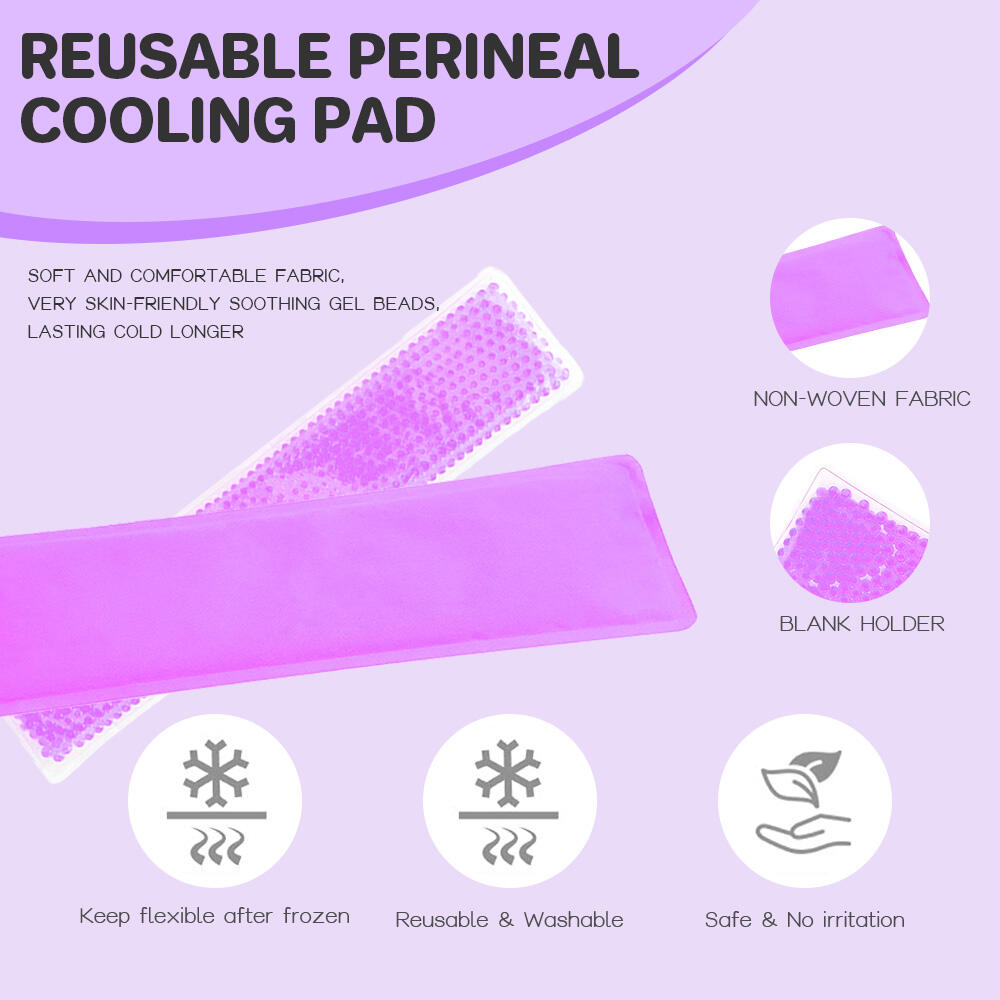Understanding Cold Pack Duration and Storage
Maintaining the optimal temperature of cold packs is essential for various applications, from medical emergencies to food preservation. The duration a cold pack stays frozen depends on several factors, including its composition, storage conditions, and usage patterns. Whether you're preparing for outdoor activities, managing injuries, or organizing your emergency kit, knowing how to maximize your cold pack's frozen state is crucial for its effectiveness.
Cold Pack Composition and Design Features
Common Types of Cold Pack Materials
Cold packs typically contain either gel-based compounds or specialized chemical solutions designed for extended freezing capabilities. The most common varieties use a mixture of water, propylene glycol, and other cooling agents that maintain their frozen state longer than plain water. Premium cold packs often incorporate advanced polymer technologies that enhance their freezing duration and provide more consistent temperature regulation.
Advanced Design Elements
Modern cold packs feature innovative insulation layers and specialized containment materials that significantly impact their freezing duration. Double-walled construction and reinforced sealing help prevent temperature loss, while flexible outer shells allow for better contact with application surfaces. These design elements work together to extend the time your cold pack remains frozen and functional.
Optimal Storage Conditions for Maximum Duration
Temperature Control Factors
The freezer environment plays a crucial role in maintaining your cold pack's frozen state. For optimal results, store cold packs in freezers set between 0°F and -10°F (-18°C to -23°C). Consistent temperature is key - frequent freezer door openings or power fluctuations can impact the pack's freezing duration. Position cold packs away from the door and deeper within the freezer where temperature remains more stable.
Storage Position and Arrangement
How you arrange cold packs in your freezer affects their freezing longevity. Store them flat to ensure even distribution of the cooling medium. Avoid stacking multiple packs directly on top of each other, as this can create insulation points that prevent optimal freezing. Leave space between packs to allow proper air circulation and maintain consistent freezing throughout.
Duration Guidelines for Different Applications
Medical and Therapeutic Use
For medical applications, cold packs typically maintain their therapeutic temperature for 2-4 hours when properly frozen. However, the actual duration depends on the ambient temperature, body heat exposure, and whether the pack is wrapped in a protective layer. Medical-grade cold packs often feature specialized formulations that provide longer-lasting cold therapy compared to standard versions.
Sports and Athletic Applications
Athletes and sports medicine professionals rely on cold packs that can maintain their frozen state throughout training sessions or competitions. These specialized packs are designed to stay frozen for 3-6 hours under active use conditions. The duration can be extended by using insulated carriers or rotating between multiple pre-frozen packs during extended events.
Extending Cold Pack Frozen Duration
Preparation Techniques
To maximize freezing duration, pre-chill cold packs in the refrigerator before transferring them to the freezer. This gradual temperature reduction helps achieve a more stable frozen state. Additionally, ensuring the pack is completely frozen before use - typically requiring 24-48 hours in the freezer - results in longer-lasting cold therapy.
Usage Best Practices
Using cold packs correctly significantly impacts their frozen duration. Always wrap the pack in a thin towel or protective sleeve to prevent direct skin contact and slow the warming process. When possible, alternate between multiple cold packs to maintain consistent temperature throughout extended use periods. Store unused packs in insulated containers to preserve their frozen state longer.
Signs of Cold Pack Degradation
Physical Indicators
Regular inspection of your cold packs helps identify signs of wear that could affect their freezing capability. Look for changes in texture, flexibility, or the presence of crystalization within the gel. Damaged or compromised outer shells can lead to reduced freezing duration and potential leakage. Replace cold packs showing significant wear to maintain optimal performance.
Performance Changes
Monitor how quickly your cold packs warm up during use compared to their initial performance. If you notice significantly shorter frozen durations or inconsistent cooling, the pack may be reaching the end of its effective life. Most quality cold packs maintain their optimal performance for several hundred freeze-thaw cycles when properly maintained.
Frequently Asked Questions
Can cold packs stay frozen overnight?
Yes, properly stored cold packs can maintain their frozen state for 24-48 hours when kept in a well-maintained freezer at the recommended temperature. Using insulated storage containers can further extend this duration.
How can I tell if my cold pack needs replacement?
Look for signs such as reduced freezing duration, changes in texture or consistency, visible damage to the outer shell, or leakage. If the pack doesn't maintain its cold temperature as long as it used to, it's time for replacement.
What's the best freezer temperature for cold packs?
The optimal freezer temperature for storing cold packs is between 0°F and -10°F (-18°C to -23°C). Maintaining consistent temperature and minimizing freezer door openings helps ensure maximum freezing duration.

